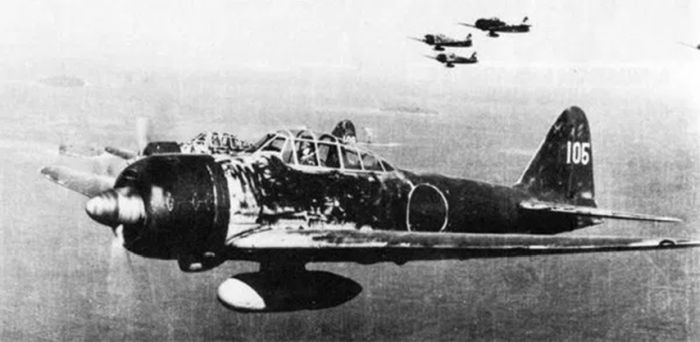Ancient
LAKE HISTORY
It is believed that the ancient Thalangama tank was built by King Parakramabahu VI during his reign from ca. 1412 to 1467 AD. It was a bathing place for the elephants of the royal army, and serves until today irrigated paddy cultivation, grazing water buffaloes, and flood water retention. The word Thalangama is said to derive from the word ‘Thadaka Gama’ or ‘village of ponds’.
Two medium sized irrigation canals starting from the tank, feed nearly 250 acres of paddy cultivated between Akuregoda and Thalangama North. Between these two canals, fertile paddy land stretches as far as the Kaduwela Road in Battaramulla. According to the villagers, paddy has been cultivated for hundreds of years dating back to the times of the Kotte Kingdom. The field that provided paddy to the Kotte Palace known as Muttetuwe Kumbura, a six-and-a-half-acre field, is still being cultivated.
The Thalangama tank and its environs were declared as an Environmental Protection Area (EPA) under the National Environmental Act (Gazette Extraordinary No. 1487/10, dated 5th March 2007). The Gazette was amended in 2021 to allow an elevated highway passing the paddy fields and the smaller and more recently constructed Averihena tank.
To improve its water storage capacity, the Thalangama lake underwent the last major dredging and spill-level adjustment around 1989/90 (including the construction of the circular spillway, and drain linking the tank with the Averihena lake and eventually Kelani river), and no longer to the Parliament lake. In 2017-2020 significant areas overgrown by invasive Wel Atha trees were removed and a new [on demand] water outlet under the street near the main bridge and circular spillway constructed.
In the early nineties, when all water was released, local residents recovered the engine of a Japanese aircraft which crashed during the Easter Sunday Raid on Colombo on 5th April 1942 from the bottom of the lake. Already much earlier on, most metal parts were (illegally) removed and sold as scrap metal.

Japanese Mitsubishi A6M ‘Zero’ as used in 1942.
https://commons.wikimedia.org/wiki/File:A6M3_Model22_UI105_Nishizawa.jpg
Public and private bathing areas at the Thalangama Lake

This public bathing place at Lake Road remains in daily use. It receives its ground water from the lake opposite the road. The current structure was installed when the new circular spillway was constructed in about 1990. An earlier well used for bathing existed since at least 1940.

This shallow formerly public bath at the Northern end of the lake is known for its cool water. The pond has been forgotten over time and is today overgrown by plants. It has been reported as in active use in 1930 to at least 1970. The pond receives its water from a spring which is likely fed by the lake. Several water monitors live in this area, which is private land and deserves protection. In a joint effort with local residents, the area has been cleaned from rubbish and selected undergrowth. Unfortunately, the landowner has other plans for the plot as we learned recently.

A private well with a concrete ground as bathing area behind Villa Talangama in the southern part of the lake.